chevron_left
-
play_arrow
NGradio So good... like you
share
close
In the world of cinema there are a breed of classics that are forbidden to touch. Quick sequels or reboots are not permitted. They exist in a separate realm, where they continue to exert influence over other films and culture at large. The original Blade Runner is one such film.
Released in 1982, the innovative visuals, artistic sensibility and underlying themes have earned it cult status and garnered a legion of fans. Set in a retro-future, a nuanced mixture of high tech and dead tech, the self and others, fiction and reality, Blade Runner is grail-quest entertainment that poses the philosophical question: “What does it mean to be human?” It has had a pervasive cultural impact on the expressive mediums of film, animation, games, music and print, as well as fashion and beyond. Once a viewer has experienced Blade Runner, there’s no turning back.
With impact reaching far and wide, Blade Runner is a timeless film.
In the post-Blade Runner world, one can create a derivative work, but never a sequel or reboot. There’s simply no reason to create Blade Runner once more. That was the common train of thought, and one I shared. So, when I heard that a sequel project was underway my heart sank. No matter who took the helm, it was destined for failure. On top of that, I was worried that the sequel would sully the film’s legendary status.
However, when it came to light that Denis Villeneuve, one of my favorite directors, had taken on this impossible task, I felt a glimmer of hope. His directorial genius has given rise to a string of masterpieces, such as Incendies, Prisoners and Enemy. But, truth be told, although my hopes rose, my uncertainty did not wane.
This feeling of uneasiness stayed with me up until the moment I saw Blade Runner 2049 on the big screen, where at once all my misgivings were completely washed away. Blade Runner 2049 is, without a doubt, a cinematic masterpiece of the highest order.
Thirty-five years after the original comes this true sequel. Not a reboot, a clone nor rehash, but a straight sequel. It is the sublimation of mysteries sprinkled throughout the original, of 35 years of fantasizing and pondering questions left unanswered. What’s more, the film’s underlying structure and attention to detail are Blade Runner through and through, while at once becoming Denis Villeneuve’s new vision of Blade Runner 2049. It is a miraculous work.
Electric Sheep
My first encounter with Blade Runner was via Philip K. Dick’s Do Androids Dream of Electric Sheep? It was my first Philip K. Dick novel, and a science fiction masterpiece. The hero, Rick Deckard, is tasked with catching rouge androids who have fled Mars for Earth. Following World War Terminus, many humans have left behind the fallout ridden Earth for a new life on Mars. On Earth owning real live animals is considered an extravagance, so many own robotic counterparts instead. Deckard, with his pet electric sheep, is one of them. The central theme considering the difference between androids and humans is integral to the movie as well, but Deckard in the novel differs in that he is a low-ranking public official merely trying to earn enough bounty to make buy a real sheep to replace his robotic one.
I learned about plans for a film adaptation some years later. Director Ridley Scott of Alien fame, composer Vangelis (Chariots of Fire) and SFX Douglas Trumbull (2001: A Space Odyssey) were all on board. With these heavyweights stepping into the ring, what movie fan, what Sci-Fi fan wouldn’t be excited? Of course, I was one of them.
However, the release came and went with little fanfare. My college freshman year I went to see Blade Runner by myself in a nearly empty theater in Umeda, Osaka. “Outlandish, shocking and the very essence of disarray”: that’s how it was panned by the New York Times, and received similar criticism from other media outlets and critics alike. For me, however, the film had a profound impact.
The plot and themes were similar to the novel, but Harrison Ford’s version of Deckard was altered from a bounty hunter to an investigator or Blade Runner, and androids were now known as replicants. The story and narrative had also evolved into something much more hardboiled and stylish. Above all were the incredible visuals; acid rain, old and new technology existing side-by-side, multiple races and cultures all mixed together. The atmosphere of Los Angeles 2019 floored me. However, it was never an image of chaos. Although the past and present, the beautiful and offensive were all mixed together, the atmosphere was alive with energy. I seriously thought to myself, I want to live in that future, I want to live in a place like that.
Despite its allure, Blade Runner’s vision and story proved to be too far ahead of the curve for the viewing public. The lack of detailed character and background information, and overall stoic sensibilities probably didn’t help either. Blade Runner was an initial commercial failure, but was accepted by viewers over time, and as mentioned previously, eventually garnered legions of fans. The advent of video cassettes played no small part in helping it along. The ability to watch a movie over and over without the need to make a trip to the theatre, and the explosive growth of the video market gave overlooked gems a new life as cult classics. Blade Runner is one such film.
As audiences continued to watch and re-watch Blade Runner, a variety of interpretations arose. Each video cassette owner had their own version of Blade Runner in their minds, giving birth to an infinite number of Blade Runnerreplicants throughout the globe. As a result, the director, Ridley Scott, did something previously unheard of and released a re-edited Director’s Cut to commemorate the film’s 10th anniversary. Four other versions, including a Workprint Ver., Theatrical Release, International Theatrical Release (also known as the uncut version) and Final Cut were also released, bringing the total to Five. The various versions of Blade Runner that previously lived inside the viewer were now replicated as official cuts.
This type of user feedback is akin to what we see now with TV series that adjust content planning based on viewer feedback, or social games that amend rules by referencing massive pools of user data. Blade Runner has grown with the user base, and as a result achieved a prolonged life.
Blade Runner 2049
Blade Runner 2049 is a sequel that assumes you’ve seen the first, was created on a blockbuster scale to be a blockbuster success, and needs to appeal to a generation of viewers born after the first’s release. In the face of these challenges, it manages to avoid becoming a clone, copy or reboot of the original, and is instead a perfect replicant. The plot and narrative match the film noir and hardboiled themes of the first, and continue to focus on the philosophical relationship between reality and fabrication. A variety of devices are used throughout to connect the two films, as well as show the passage of 30 years between them.
As with its predecessor, there are no mobile devices and the human genome has been decoded. There’s more: Atari and Pan Am are still around, so are CRT monitors and analog keyboards, LA has people speaking varied languages and is illuminated in a rather unique way. All these details contribute to authentically recreate the world of Blade Runner. It’s also easy to notice loving homages to the original: Deckard, Rachael, Gaff, the folded paper unicorn, 2D photos, the snow over LA, bits of dialogue, the tears, the fashion… The prevalence of these keywords alone is enough to make any fan rejoice.
However, the movie shows restraint in the depiction of the iconic gadgets from the original Blade Runner that excited so many science fiction fans. There are many instances where you can see the spinner or the blaster, but in most of them they’re shown either as close ups, from the distance, at night, in the mist, or in other situations where fine details can’t be appreciated.
Villeneuve
The first Villeneuve movie I watched was Prisoners. I became fascinated with his talent, and watched his past works Incendies and Polytechnique. Thereafter I have caught each new theatrical release, including Enemy, Sicario and Arrival. Not only are they all excellent films: the wide range of themes and genres they cover is extraordinary. Judging from his recent films Sicario and Arrival, one gets the impression that Villeneuve is oriented towards action and science fiction, but the truth is all his works are about human drama. Following Prisoner, Villeneuve hasn’t written the scripts for any of his movies, and yet he has somehow managed to imprint a consistent authorship in them. This is truly exceptional.
In his works, he presents the worlds he is depicting by juxtaposing views from afar (environments) and from up close (expressions), something he also does in Blade Runner 2049. He shows the landscape from an overhead shot or a zoom out, and then shows the expressions and feelings of the people within. Ridley Scott created his Blade Runner world by layering details, but Villeneuve instead creates emotions based on landscapes and expressions. Scott shows the fine details of Sci-fi gadgets that men love, such as spinners and blasters. In contrast, Villeneuve shows little interest in these elements. One could say it’s part of Villenueve’s authorship, which has always included a feminine perspective.
For Villeneuve, humans are but small elements in the space they inhabit, and are incapable of fully understanding the rules that govern them. However, despite this, they go about their daily lives and develop personal feelings. It could be said that Villeneuve’s style is defined by portraying the human drama that is born from the intersection of the philosophical (metaphysical) and emotional perspectives.
In Villeneuve’s works, this bigger world beyond our comprehension is portrayed as an external world that slips into daily life, or as an outside (off world) alien element. The aliens in Arrival, the cartels in Sicario, the doppelganger in Enemy, the abductor in Prisoners, the estranged father and brother in Incendies, the shooter in Polytechnic; in all cases an element from an external world that slipped into the daily life of other characters (often women) manipulates their fate.
For Blade Runner 2049 the replicants and the dystopian world play that role. From there, the movie develops the theme inherited from its predecessor: what is a “real” human? The Villeneuve construct of portraying the contrast between humans and their world persists. While Ridley Scott showed dynamic images in Blade Runner, Villeneuve shows quiet and still images. However, behind these quiet images, all these laws beyond human comprehension are present. That silent yet frightful world coexists in Villenueve’s work.
K, Ryan Gosling’s character, is but a small being whose fate is ruled by a vast world beyond his control. Deckard, Harrison Ford, was proactive in seducing Rachel, while K is a completely passive character. His girlfriend is an AI named Joi, a hologram that can never mate with K. This is the fundamental difference between K and Deckard, and ties into the film’s theme of answering the questions posed by Blade Runner: What is it to be human? What is a replicant? What is the meaning of questioning the difference between original and replica? The answers to these questions are presented on a meta level throughout the movie.
Memories
In Blade Runner only memories (the past) and lifespan differentiate human and replicant. Whether or not memories have been implanted in a replica is one key narrative point. That is why photos are presented as important links to the past. Blade Runner 2049 takes off with the discovery of human remains thought to have been buried 30 years prior. This discovery eventually leads K on a journey through the past to uncover his identity. However, the encounter with a certain individual changes K’s destination. The difference between humans and replicants is in their memories (past), put they are both finite, mortal beings. The journey to the past becomes a fight for the future. If they are finite beings, they must look for someone to inherit their existence. Who is their future for? Who will inherit it? These questions emerge as the central theme of the movie. This theme also applies to the meaning of Blade Runner 2049‘s existence as a sequel.
As this film faithfully follows the steps of Blade Runner while being an undeniable Denis Villeneuve work, I don’t see the point in debating which is better. I believe most viewers will be satisfied with the film, and don’t expect much controversy around it. This film is the correct, final answer that we’ve always dreamt for Blade Runner.
Deckard and Rachel were set free from the recurrent Blade Runner dream. This was a necessary step to produce a blockbuster, and mold Blade Runner into a universe, as the film successfully does. Despite the movie coming in at number one for its first U.S. box office weekend, revenue is well below expectations. This might prove a stumble on the road to developing a Blade Runner universe (if Hollywood producers are wishing to do so). However, this movie was born from Denis Villeneuve’s hand. I might go as far as saying that it acquired a life of its own, without replicant memories of its Blade Runner past, because of him.
While it might not achieve the Hollywood dream of eternal life as a commercial product like Star Wars or the Marvel Cinematic Universe, I believe Blade Runner 2049 gave Blade Runner life as an eternal film. Rather than a produced eternal universe of endless heroes, Blade Runner 2049 is a miraculous film that reaches a conclusion without ending. That’s why we will continue to dream of Blade Runner.
The continuation to Blade Runner 2049 isn’t Blade Runner 3; it’s 1982’s Blade Runner.
Tonight, I plan on watching Blade Runner: Final Cut then call it a night, so I can dream the continuation of the Blade Runner dream.
Source: rollingstone.com
Written by: New Generation Radio
Rate it
Similar posts
ΔΗΜΟΦΙΛΗ ΑΡΘΡΑ
COPYRIGHT 2020. NGRADIO


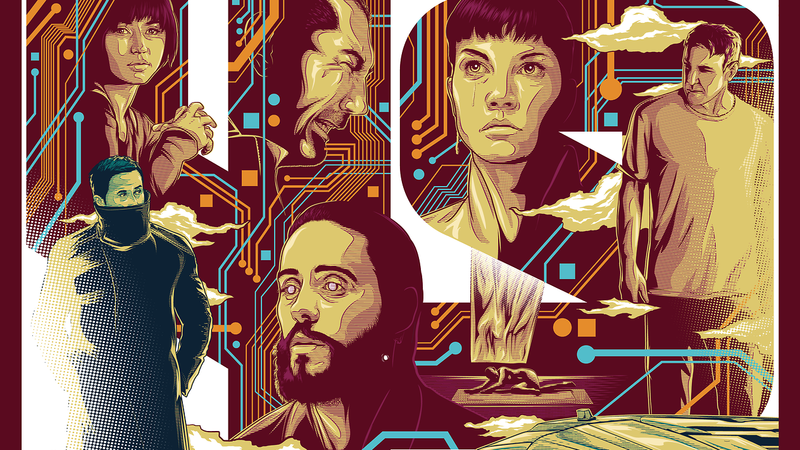

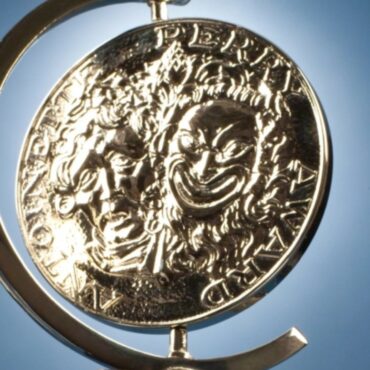
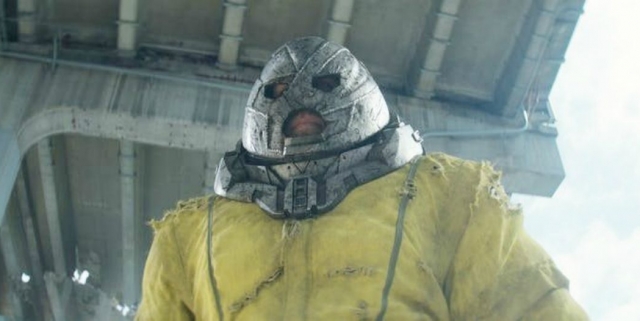
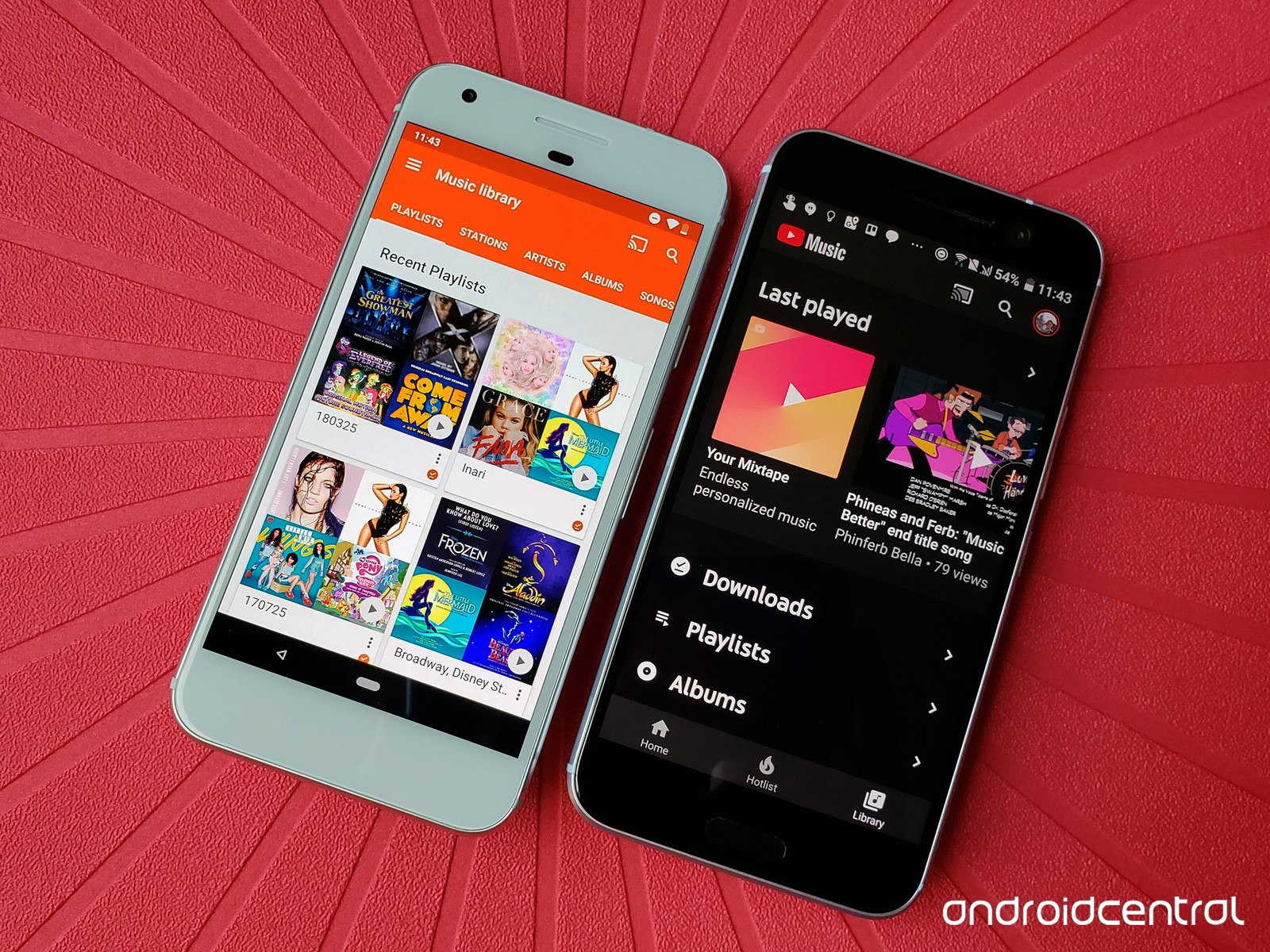
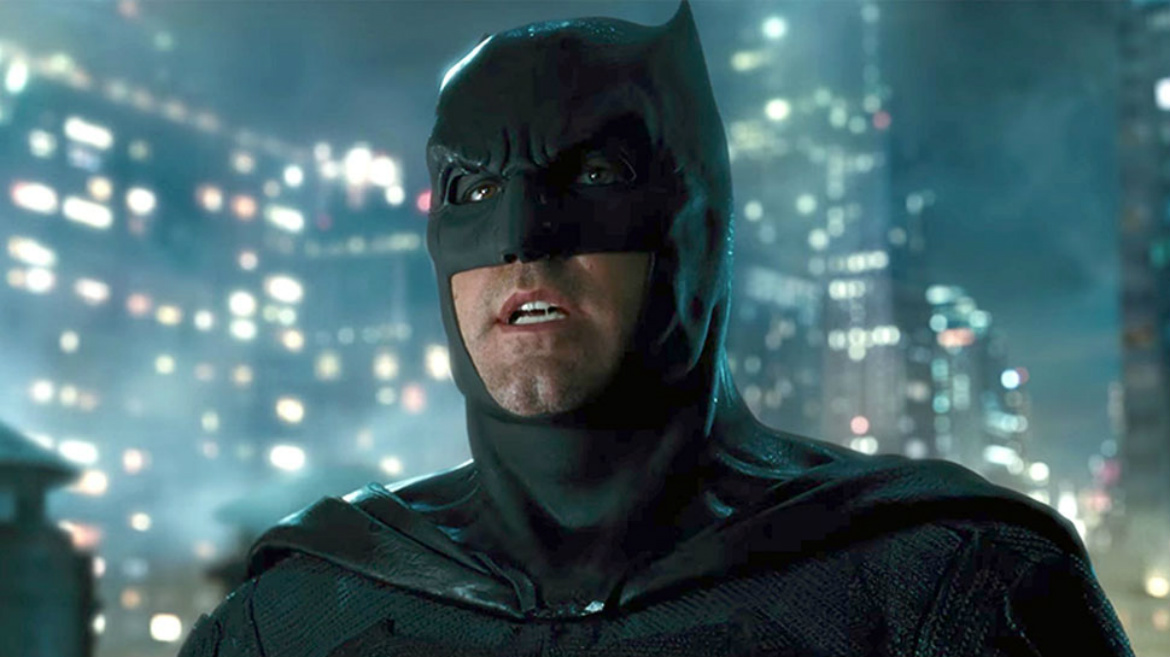













Post comments (0)